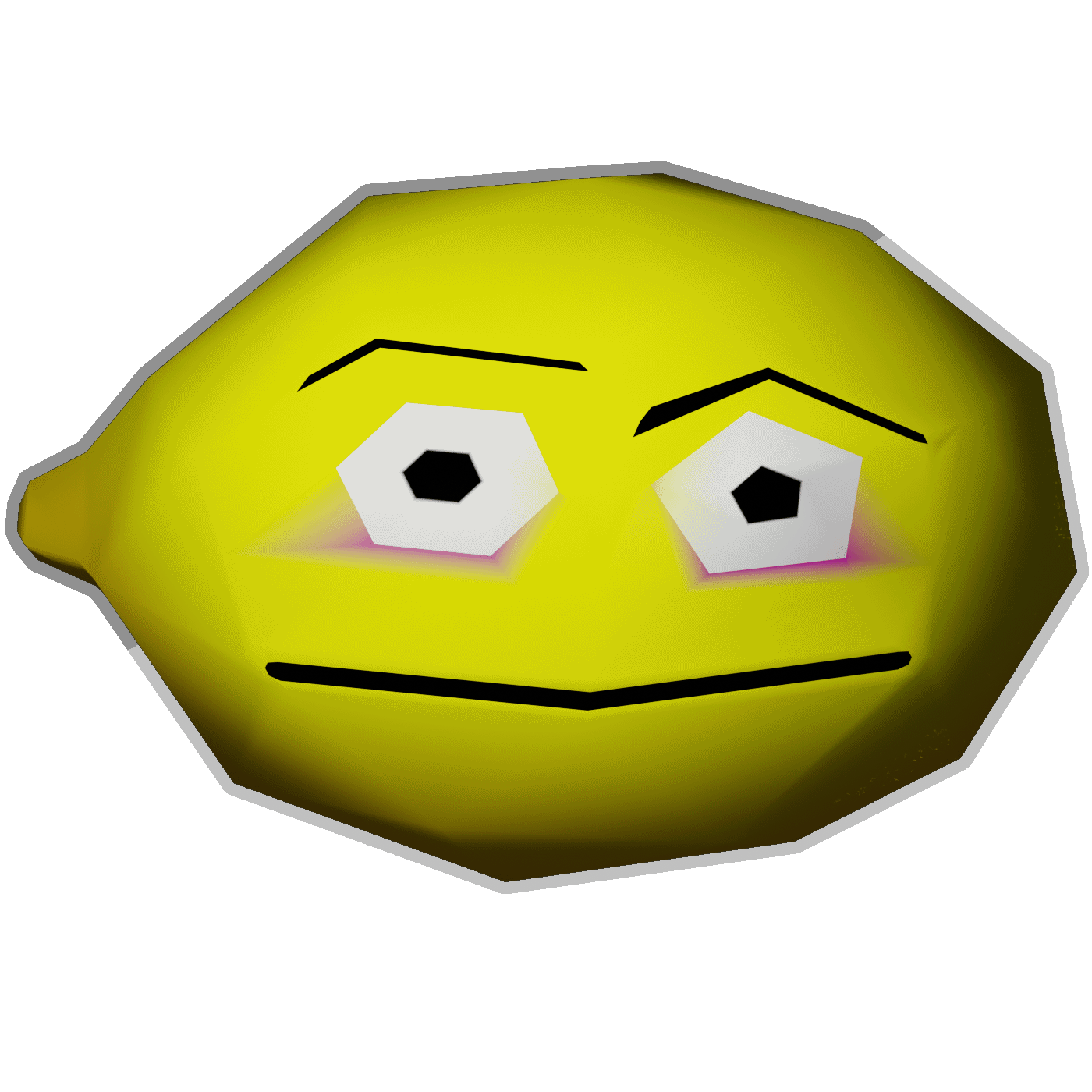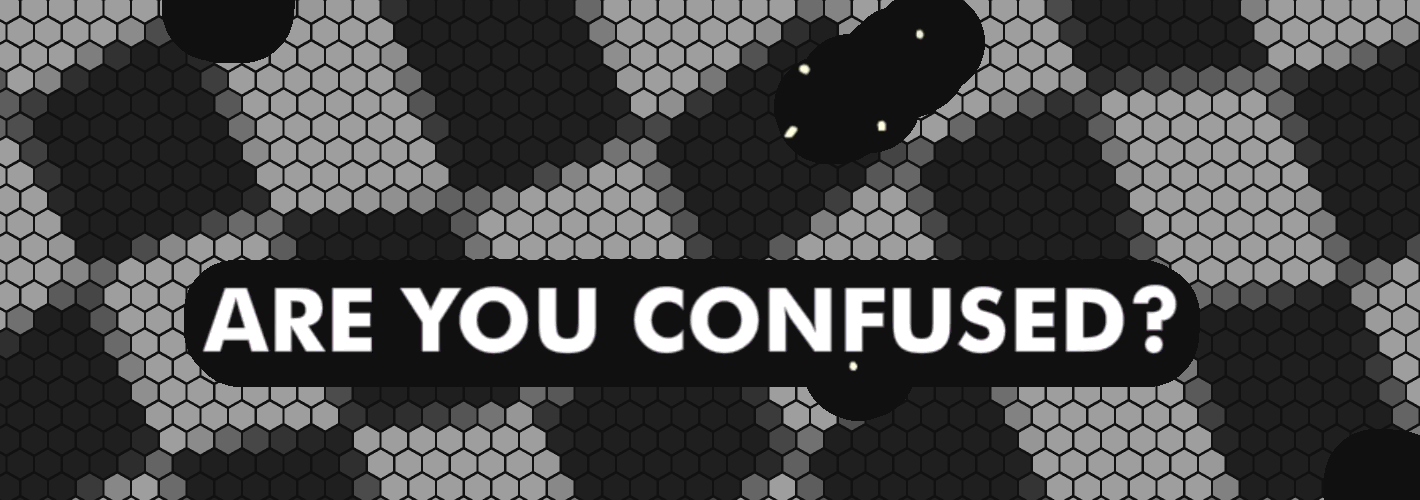

If potential is key, I say keep the context of the MAID process but instead of outright death make it cryonics. Plus other potential relevant volunteer stuff and organ donation stuff lined up. Even if the initial cryonics technique is not even close to viable, other stuff could be transformative. If cryonics has any chance to work, things will get appreciably better in 300-or-so years right?
Hopeful worst is my brain in a jar mostly playing VR and sometimes knitting yarn via robotic arms. Lots of ways it could be better. Also unlike traditional cyborg stuff with all-machine life-support, I would like to still have a complex microbiome if not taking it further with symbiosis.








I want to use Raylib, but mentioning it here on the fediverse doesn’t get much of a response (I can’t see a raylib community from my instance). My choice of language probably doesn’t help, though.
My first issue is wanting vertex colors on 3D models and I am not getting this (this may be a problem with the bindings I’m using, naylib(nim-lang)). The second would be needing guidance for the 2D polygon text loader that I started.
Maybe I could make simple GUI applications with raygui, but I don’t currently really have many viable ideas on what I would want to make.
To OP: Another potential option is using Godot w/bindings. Design is pretty fast and flexible, then using signals is super easy.
I’ve tested some frameworks (specific to my language, so not really helpful to most), the one that I liked more said it was
declarative user interface framework based on GTKthough I would prefer a similar thing for Qt and there wasn’t an ability to automatically scale text size to better fill the available button size (I was testing an adventure-book reader and hoping to use unicode characters).Frameworks for single page applications (or some other browser-based tech) might be ok for simple stuff. Similarly, I’ve liked the idea of TUI frameworks (yeah, because htop) but haven’t really tried that yet.